The 10 Hottest SSD And Flash Storage Devices Of 2020
Innovations in flash storage hardware, from SSDs to the latest in all-flash storage arrays, continues as vendors including Dell EMC, Hitachi Vantara, NetApp and Pure Storage introduce the latest technologies including NVMe and low-cost QLC flash while using software to help squeeze even more performance.
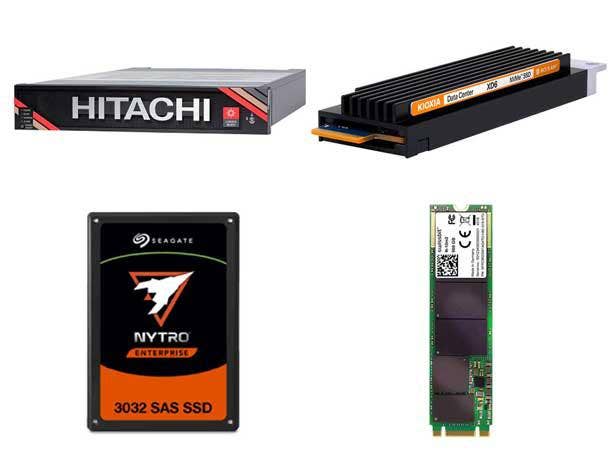
Flash Storage Innovation Continues Unabated
For solution providers and their customers, new performance-enhancing technologies such as NVMe, along with the wider adoption of low-cost QLC flash and innovative use of software, mean there is no lack of new ways to store data from the largest all-flash storage arrays to the tiniest embedded devices on the edge.
CRN rounded up 10 of the biggest advances in flash storage technology this year from vendors including Dell Technologies, Hitachi Vantara, NetApp, Pure Storage and more.
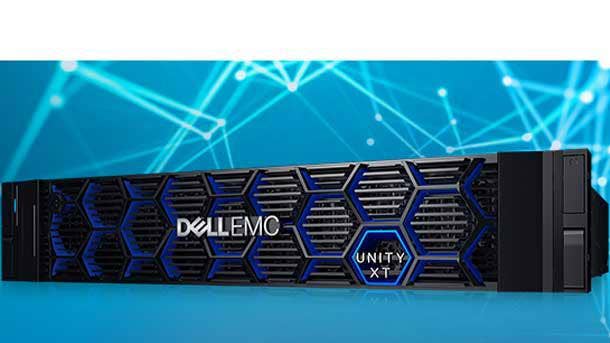
Dell EMC PowerScale
Dell Technologies in June introduced Dell EMC PowerScale, a new family of storage systems that combines the Round Rock,Texas-based company’s OneFS storage operating system with its PowerEdge-based PowerScale all-flash and NVMe storage nodes. The new storage systems provide a way to manage unstructured file or object data including documents, images, videos and social media content. The PowerScale family features up to 15.8 million IOPS per cluster, along with inline data reduction that makes the platform up to six times more efficient in terms of how much data it can store.
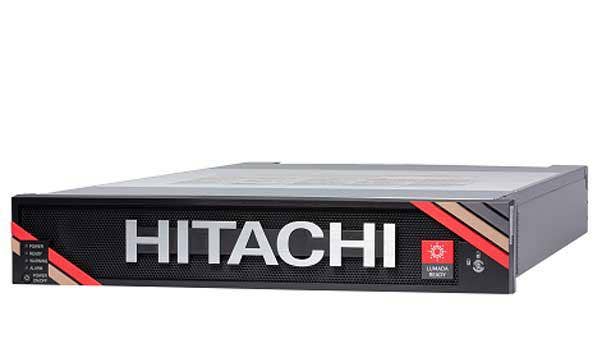
Hitachi Vantara E590, E790
Hitachi Vantara in December expanded its Virtual Storage Platform E Series line with its new VSP E590 and E790, the Santa Clara, Calif.-based company’s first all-flash storage systems specifically targeting midrange customers with enterprise-class capabilities. The new E Series systems come with embedded management software to help accelerate installation and rapid provisioning, and are compatible with Hitachi Vantara’s enterprise-grade management software, Hitachi Ops Center. The VSP E590 and E790 are 2U platforms that include artificial intelligence-powered Advanced Data Reduction to drive capacity efficiencies.
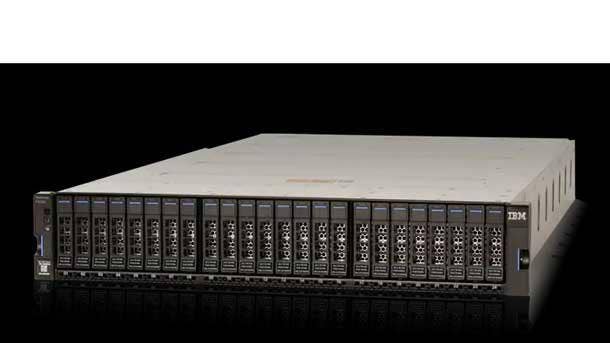
IBM FlashSystem
IBM in February said it would eliminate two of its primary non-mainframe storage lines—Storwize and the Flash Systems A9000—and replace them with a single new FlashSystem family. The new FlashSystem family includes five new storage arrays, all running the same IBM Spectrum Virtualize software platform, which IBM said helps simplify customers‘ entire storage environment by supporting over 500 multivendor storage systems and offering enterprise-class data services and nondisruptive data movement all controlled by a single management plane.
The new IBM FlashSystem family also offers 99.9999 percent availability, full hardware redundancies, two-site or three-site replication, and seamless hybrid multi-cloud support with a full range of security capabilities. Three of the five models offer NVMe flash and Fibre Channel NVMe host connectivity, high-performance data compression with FlashCore Modules, external storage virtualization of non-IBM storage, and expandability with storage class memory.
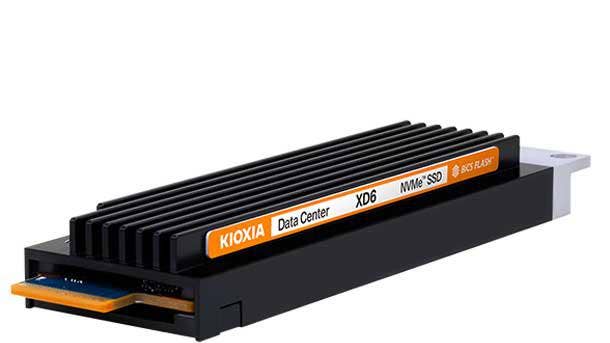
Kioxia XD6 SSD
San Jose, Calif.-based Kioxia America, formerly known as Toshiba Memory America, in October introduced the Kioxia XD6 series E1.S form-factor SSDs for hyperscale and enterprise compute requirements. They support the performance, power and thermal requirements of the Open Compute Project NVMe Cloud SSD Specification and feature a flexible and efficient small form factor. The hot-pluggable SSDs feature sequential read performance of up to 6,500 MBps and write performance of up to 2,400 MBps, along with 15W power consumption and full end-to-end data path protection.
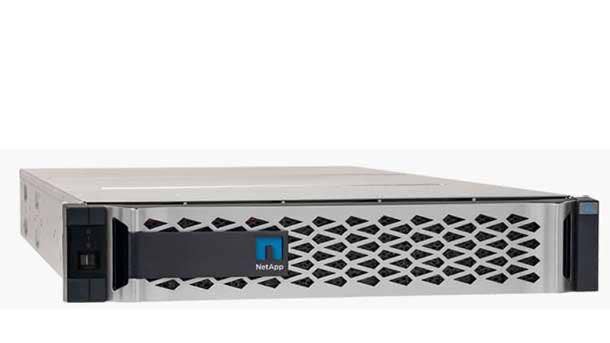
NetApp AFF A250
NetApp in October introduced the AFF A250, its entry-level all-NVMe-based storage array. The Sunnyvale, Calif.-based company’s AFF A250 offers a 45 percent boost in performance over the A220, which it is replacing. With the addition of the AFF A250, NetApp’s entire performance-focused AFF line is now end-to-end NVMe-based. The AFF A250 scales from two to 24 nodes for a maximum of 576 SSDs with a total capacity of up to 36 petabytes.
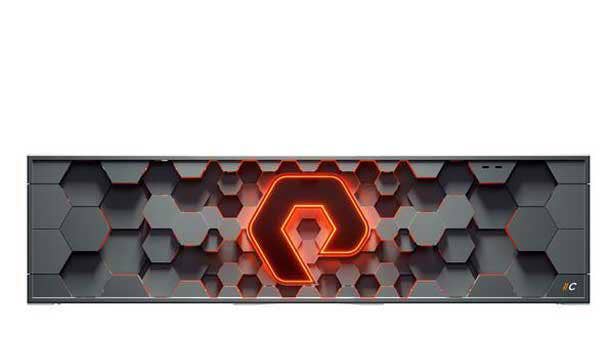
Pure Storage FlashArray//C QLC Flash Modules
All-flash storage technology developer Pure Storage in August unveiled new higher-capacity versions of its QLC DirectFlash modules the company said will allow it to offer low-cost all-flash storage arrays for enterprise workloads with up to 5.2 petabytes in a 6U form factor. QLC allows the building of storage arrays and SSDs that offer relatively high performance at a significant cost advantage compared with other types of flash technology. Two new modules, one with 24.7 TB of capacity and the other with 49 TB, let Pure Storage offer QLC-based arrays that scale from 366 TB of raw capacity or 1.3 petabytes of logical capacity in 3U to up to 1.4 petabytes of raw capacity or 5.2 petabytes of logical capacity in 9U.
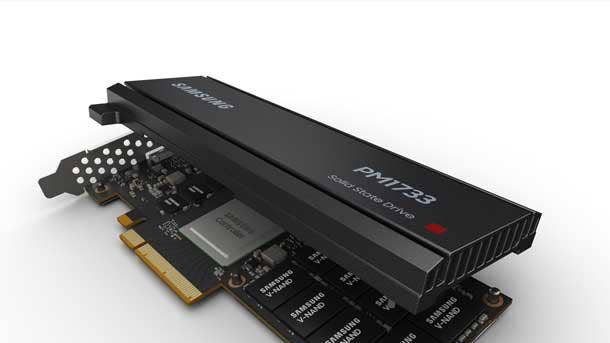
Samsung PM9A3
Samsung in November unveiled its PM9A3 NVMe PCIe SSD, which the South Korea-based vendor said targets data center users with up to 190,000 IOPS random write time and 6,950 MBps sequential read, as well as up to 50 percent faster restart times compared with its predecessor. The PM9A3 is available in multiple form factors, including M.2, U.2 and E1.S. The new SSDs are based on the same Samsung SSD controllers and V-NAND for high availability and simplified SSD qualification.
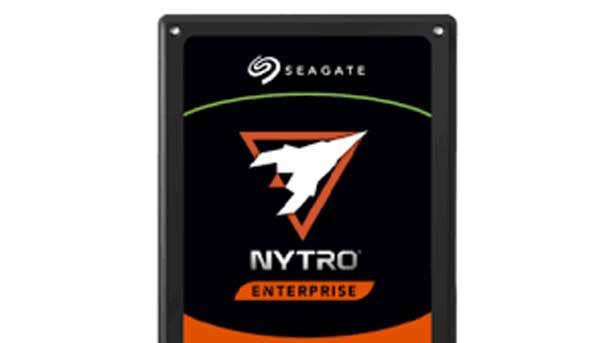
Seagate Nytro 3032
Seagate in July unveiled its next generation of high-capacity SAS-based SSDs, the Nytro 3032. The Cupertino, Calif.-based company’s new Nytro 3032 SSDs feature a 12-Gbps SAS interface, with dual ports for speeds of up to 2,200 MBps,10 DWPD (drive writes per day) to provide consistent, scalable performance to write-intensive, mixed and read-intensive enterprise workloads. The Seagate Nytro 3032 SAS SSD is available in capacities of up to 15 TB in a 2.5-inch, 15mm form factor. It also provides security with SD&D (secure download & diagnostics), SED (self-encryption drive), and SED FIPS 140-2 options, along with a five-year limited warranty.
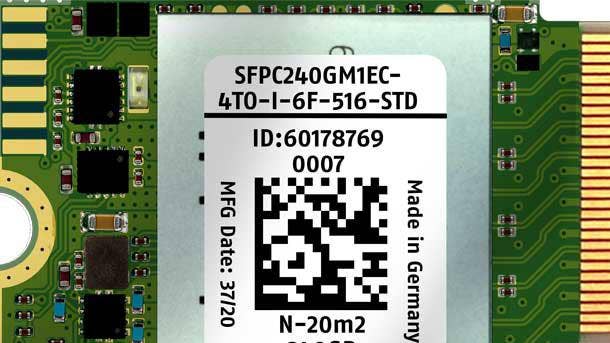
Swissbit N-20m2
Swissbit in October introduced its N-20m2 SSD module, which the Bronschhofen, Switzerland-based vendor said delivers high-speed PCIe performance from a small M.2 2230 form factor. The N-20m2 SSD module features the company’s EN-20 PCIe-BGA component to minimize PCB space requirements, but provides storage capacity of up to 480 GB as well as four-lane PCIe-3.1 and NVMe-1.3 compliance with industrial-grade 3-D-NAND technology. The SSD modules are targeted at small embedded systems and routers where the N-20m2 can act as a boot device.
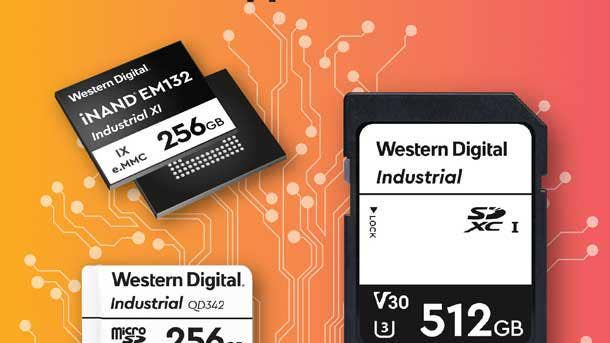
Western Digital Ultrastar DC ZN540
Western Digital in November started sampling its new Ultrastar DC ZN540 ZNS NVMe SSDs to select customers. The San Jose, Calif.-based vendor’s Ultrastar DC ZN540 ZNS SSD includes a vertically integrated, dual-port, high-availability NVMe controller with capacities of up to 8 TB in a standard U.2 form-factor. The SSDs also leverage the NVMe Working Group ZNS (Zoned Namespaces) specification, which changes how storage is abstracted over the NAND memory so that SSDs are not forced to use the common hard disk emulations. Western Digital said that compared with conventional SSDs, its new models offer up to four times the performance and two and a half times the quality of service.